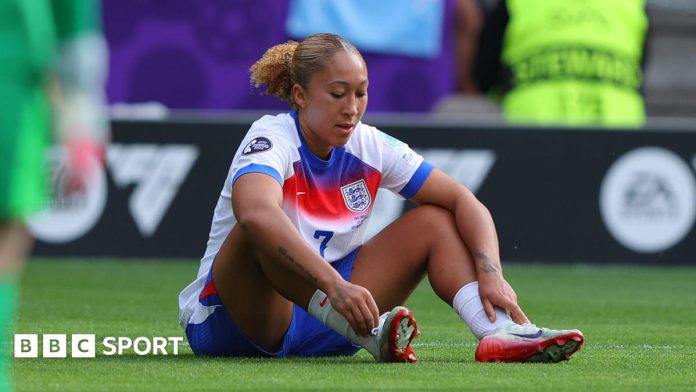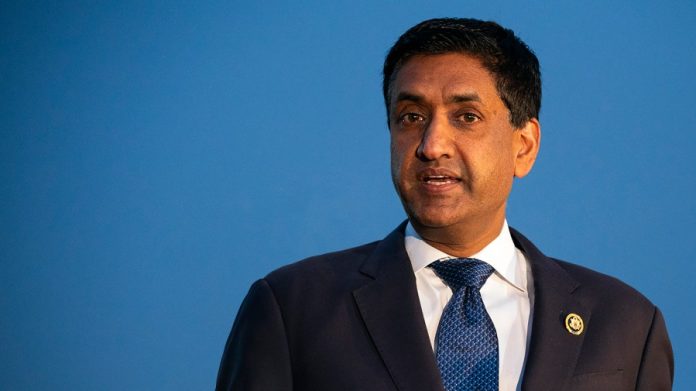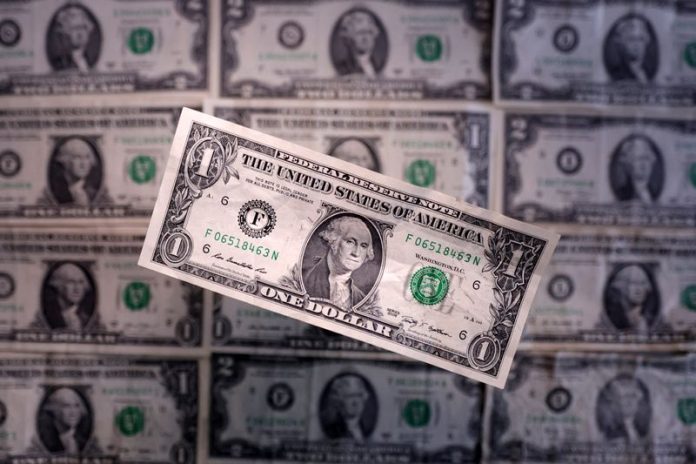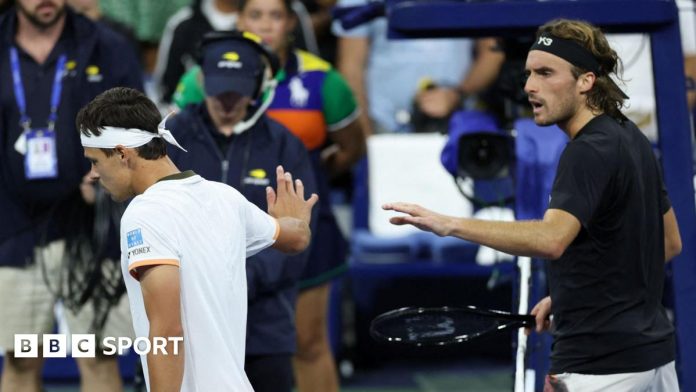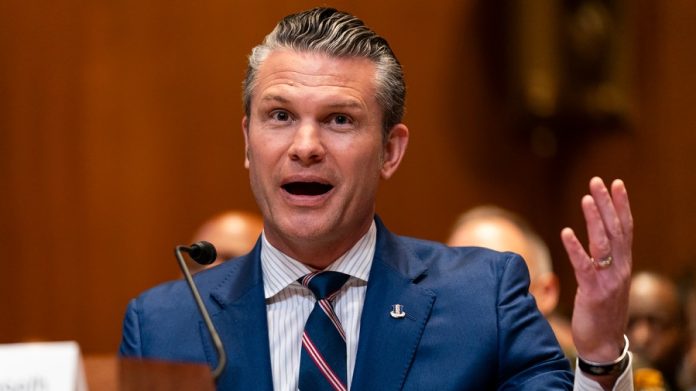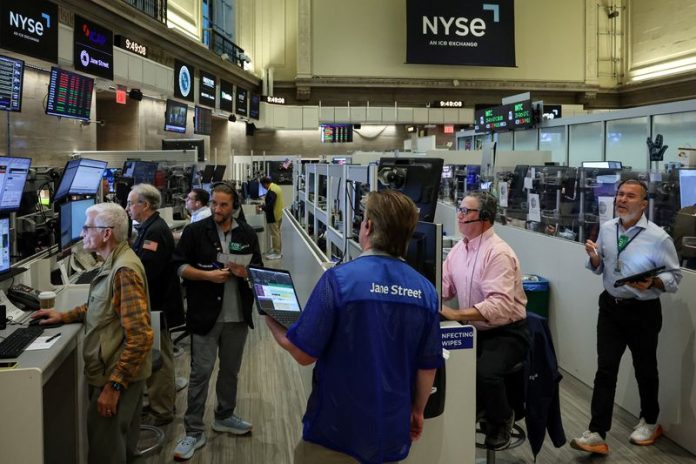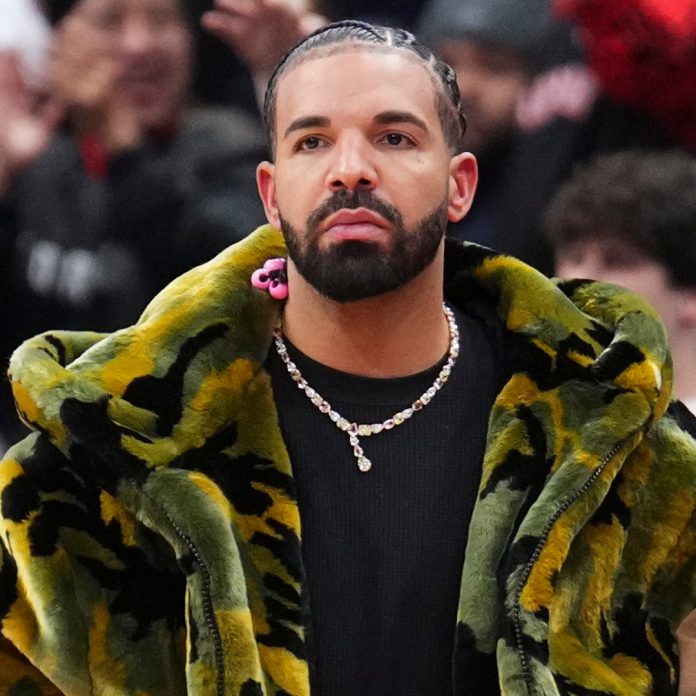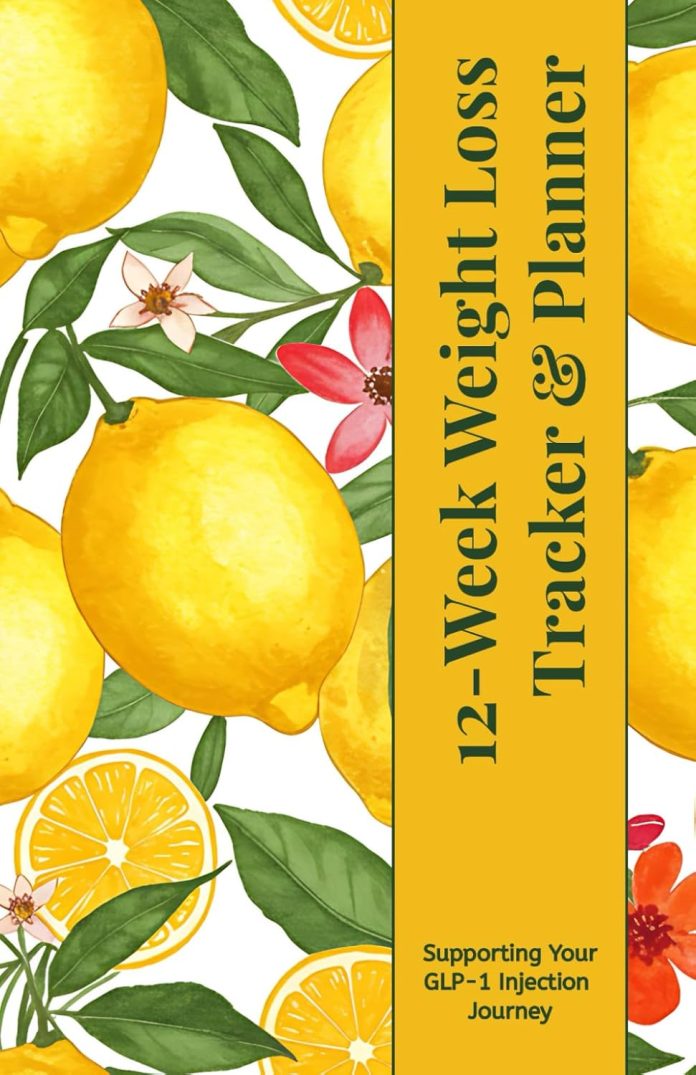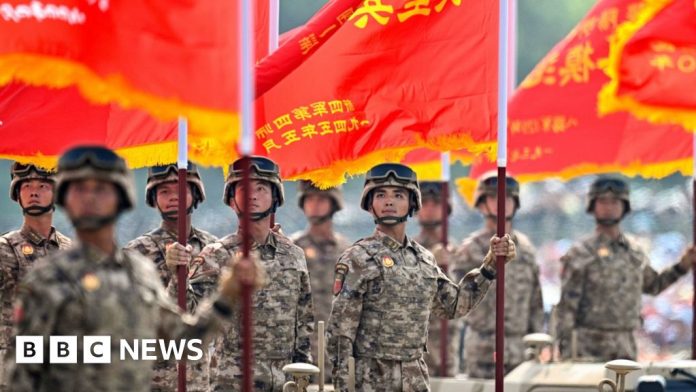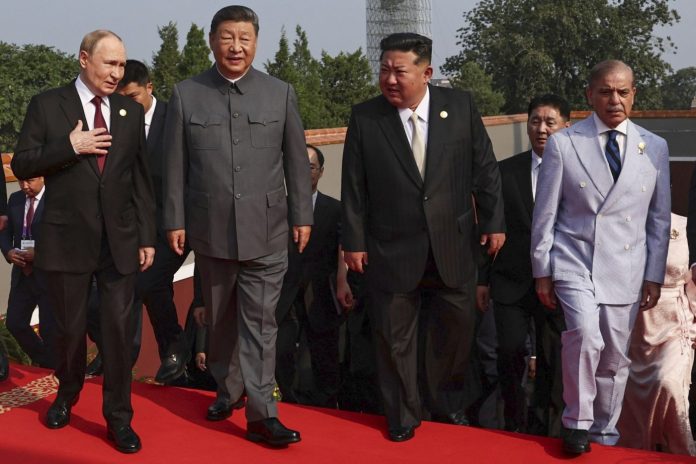James had played a key role in getting England through the group stage – she scored twice in the 4-0 win over the Netherlands.
But she missed her side’s second spot-kick in the penalty shootout quarter-final win over Sweden – and admitted being scared of getting racist abuse.
Team-mates Beth Mead, Alex Greenwood and Grace Clinton also failed to score before England eventually progressed 3-2 on penalties after a 2-2 draw.
However, James’ England team-mate Jess Carter revealed she was subjected to racism online after the game and during the tournament. Carter subsequently said she feared James would face “astronomical abuse” if her missed penalty had decided the outcome against Sweden.
When England’s men lost to Italy on penalties in the Euro 2020 final, Marcus Rashford, Jadon Sancho and Bukayo Saka – who all missed penalties – suffered racist abuse on social media.
Asked if that was on her mind in Zurich, James admitted: “For sure. Stepping up, I was thinking, if I miss I hope I’m not the only one because I know what comes with it – it happened before and keeps happening.
“As sad as it sounds, it was the biggest relief ever that other players missed. Who would have thought that? You always want your team-mates to score so you get through.
“Luckily we missed and got through, but it was not a nice moment – you are playing for your country so you should feel the support from the fans. It shouldn’t matter what colour you are.”
But James said that sort of treatment would still never make her think twice about representing her country.
“It’s where I’m from, where my mum is from, I always dreamed of playing for my country,” she added.
“We do great things with England – back-to-back Euros, thankfully I was part of the last one. I want to be part of every one going forward.”
Chelsea open the WSL season at home to Manchester City on Friday and face a hard ask to improve on their first campaign under manager Sonia Bompastor, where they won the league, FA Cup and League Cup.
But, having lost to Barcelona in the semi-finals, the hunger for a first Champions League title has been increased by Arsenal’s triumph over the Spaniards in last year’s final.
“Arsenal winning it last year shows the standard of English football,” said James. “It shows how standards are high, and makes us feel, yeah, we need to go and win it.”

